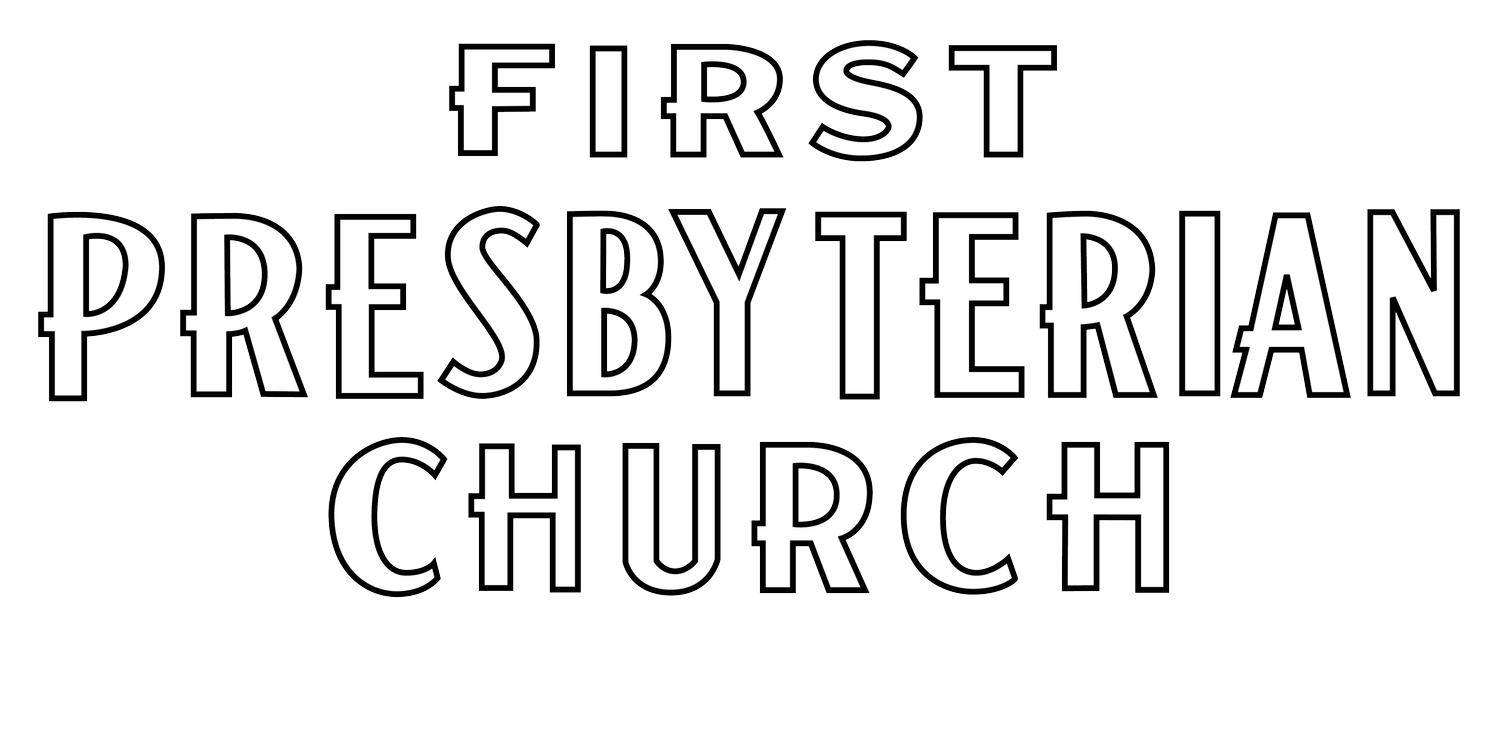Uprising
Icon of the Original Uprising
Descending the ridge, looking not far
but close, I saw one standing at the road’s edge,
her feet were in snow, her hands folded in prayer,
and her face turned to a bare gray snag.
This watcher, this Mary of Magdala
with gray hair and a gray robe tells me
to remember the dying tree of Golgotha.
I join my prayer with hers;
we have similar questions.
He suffers with us, reveals our lot
as his own life within darkness.
The one suffering must be
at the heart of God’s darkness.
It’s a long way now from that first
uprising in the garden of morning.
We are witnesses to very many shattered lives.
We must walk past genocides and misery on the Trail of Tears.
We recall enslavement, Irish famines, lynchings,
horrors of the Holocaust, and bullets and bombs falling
first on Guernica and then on Hiroshima.
Today they explode at random, mostly on the poor.
We pray for all these victims and wonder
about how the offenders lived with themselves or with anyone.
Does his sacrifice bear all this
for all of us and for all of us,
from his great heart to ours?
We humbly pray for justice and mercy.
O Mary, we are not the same,
but part of you lives in me
and my Christ in you.
May I journey with you now
to see what you have seen
for your sake and for my own
to be the witness you have been?
You saw the darkness in that time at the dying tree
and the light of that uprising that sets the broken free.
The uprising takes the hand of each of us,
and we fall up into the depths of time,
fall into the flow of the river of life.
May we stand in the light of dawn
from that first uprising.
May we stand in the light of Christ,
the light of the world, the light
that shall be for all people,
the light that shines in the darkness,
the light that gives life,
the Spirit that gives life,
the light that turns to love,
the love that overcomes
suffering and death,
and is in all things.
Connexions and Reflections
Uprising is a literal translation of the Greek word for resurrection. This painting was a fairly common icon in the early centuries of the church, and these icons are still comissioned and revered in Orthodox Christianity. Jesus at the moment of rising has the wrists of Adam and Eve. Just like Adam and Eve chose death for all humanity, Jesus chooses resurrection life for all of us. All of humanity in this particular icon is streaming out of Hades. The belief behind this is that Jesus has and will bring back all of humanity from the realms of the dead. Below his feet are the broken gates of those kingdoms. The creeds of the church echo some of this belief when they mention Jesus “descending into hell.” I’m not sure who the other two are in the painting. My best guess is that they are Saints Peter and John who tried to find Jesus the morning of his rising, but it was Jesus who found them somewhat later. There is a certain timeless quality in the beliefs behind this icon. The Uprising (Resurrection) happens both then and now.
Mary Magdalene was the first living witness of the Uprising. She was also present at the crucifixion. Two weeks after Easter a few years ago I was coming down the road from Hurricane Ridge. I saw an older woman praying by the side of the road. Perhaps since she was facing a “dying tree,” I thought of the cross and remembered Mary Magdalene. I wondered how she would pray now, especially in response to the events mentioned in the third stanza. The poem is my response to the wondering, not so much an answer as a continuing question.

